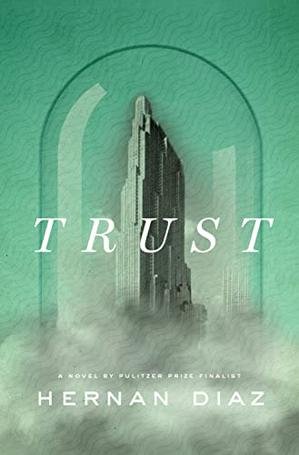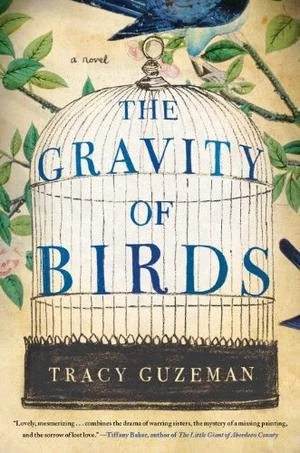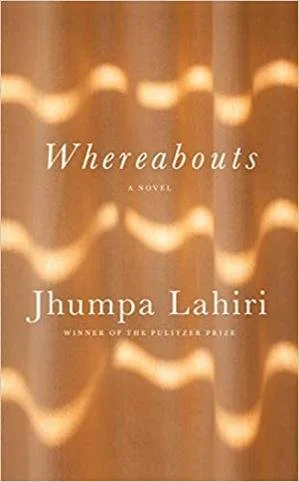So that I don’t get too mired in the past with my reading material, I like to alternate historical and contemporary novels. First, reviews of two historicals:
The Giver of Stars Jojo Moyes (2019) I’m late to the parade of Jojo Moyes’s bestselling popular novels, but I blazed through this one. The fast-moving plot is drawn from the actual existence of a cadre of women in Depression-era Appalachia who rode on horseback to deliver library books to people living in isolated cabins, a project of the federally-funded WPA. In her fictional take, Moyes deposits an outsider into rural Kentucky—the English bride of a mine owner’s son—and tells the story mainly through this woman’s eyes. There’s small-town gossip, domestic violence, religious fervor, racial animosity, moonshinin’, patriarchy, friendship, union bustin’, political corruption, and some true love.
The Cloister James Carroll (2017) In NYC, the Metropolitan Museum’s medieval art department is housed in The Cloisters, which resembles a medieval monastery. On a rainy day in 1950, a Catholic priest ducks into The Cloisters and meets a docent who is a Holocaust survivor from Paris. Before WWII, she worked at the Sorbonne with her father, researching the 12th-century philosopher-monk Peter Abelard’s opposition to the Catholic church’s anti-Semitism. Carroll’s novel pivots back and forth between the 12th century and 1950. You’ll settle in more easily if you know a little Latin and if you know about Abelard’s love affair with the philosopher-abbess Héloïse d’Argenteuil. Even without that knowledge, you’ll find both stories powerful.
Next, two contemporaries:
Groundskeeping Lee Cole (2022) Owen and Alma are both aspiring writers in their late twenties who meet at a small college in Kentucky. He’s a groundskeeper, and she’s on a one-year writing fellowship. They fall into a fraught relationship that is made more difficult by issues of social class and privilege. I didn’t recognize most of the music that they listen to, but the writing here is very fine—complex plotting, deft character delineations, rich setting descriptions.
Joan is Okay Weike Wang (2022) All of us know what’s going to happen in the intensive care units of hospitals in New York City in the spring of 2020. We know that ICU physicians like Joan are going to be in the thick of the COVID pandemic. But in 2019, Joan can’t predict this. She’s dealing instead with the expectations of her boss (who rewards her workaholism) as well as the expectations of her Chinese American family (who want her to get married and have kids). She also has a strangely intrusive neighbor and an oddball work colleague. Still, Joan is okay, even when COVID hits. This short novel packs a punch. And don’t miss my review of Wang’s previous novel, Chemistry.


















































































